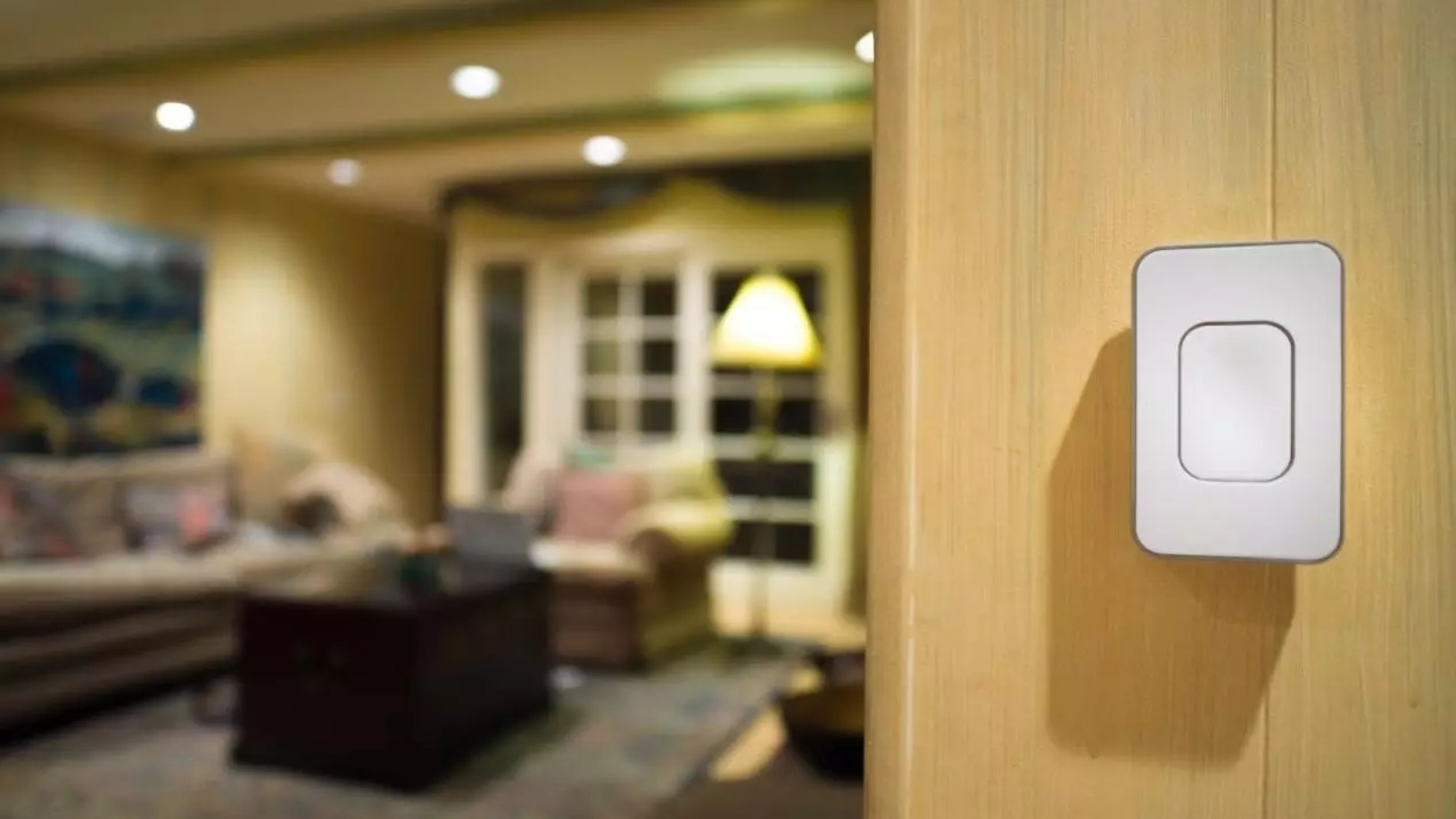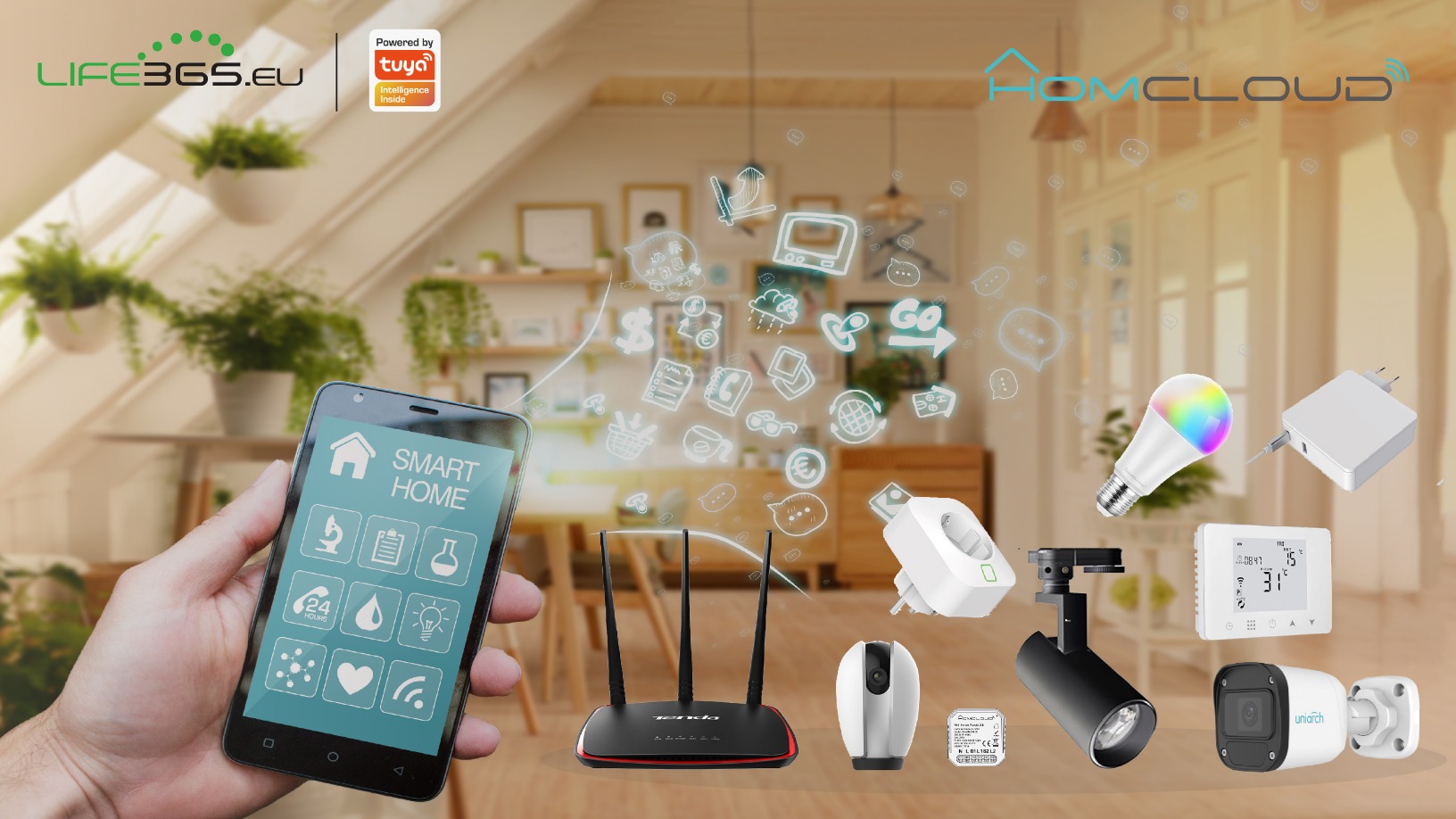When the Chinese city of Wuhan was the first to be hit by the coronavirus last year, a number of “instant hospitals” were quickly built from scratch or set up in converted gyms and convention centers. Within days, they began accepting Covid patients. While the world watched and marveled at the speed at which the infrastructure for these facilities was mounted, few knew that a local company had a key role in making that happen.
Linptech, the company, produces an ingenious, battery-free wireless bell that’s powered only by the kinetic energy generated from the pressing of a button. These bells were supplied to the new hospitals, so patients could use them to call healthcare workers when needed, via the local IoT network. As the bells did not require hardwiring, they could be installed quickly, or even deployed as portable devices in makeshift wards.
Founded in Wuhan itself in 2009 by serial telecommunications entrepreneur Qin Heng, along with Yang Yabei and Cheng Xiaoke, who both hold master’s degrees from Huazhong University of Science and Technology, Linptech owns around 40 utility patents and has 200 more pending.
It has had thousands of corporate clients, including property developer China Resources Land, Yangtze Memory Technologies and Jiangxi Airport. The company also generates a nine-digit-RMB revenue each year from selling its products directly to consumers via e-commerce platforms. In 2017, Linptech went into the black, making millions of RMB in profit. In July and August this year, its self-powered switches were used at the Olympic Games in Tokyo.
Also in July, Linptech raised RMB 50m in a Series B funding round from Wuhan Optics Valley Fenghuo Venture Capital and listed semiconductor player Shanghai Fortune Techgroup. Prior to that, the company had secured more than RMB 20m from Qihoo 360, Optics Valley Talent Venture Fund and LingDu Capital over three rounds of fundraising. The majority of the new funds raised will be used for R&D and manufacturing.
First mover in China
Linptech is the first company in China to harvest energy from movement and use it in the smart home sector. Initially, the firm started off in robotics. But after three years of R&D failed to yield fruit, the team pivoted to the little-known area of kinetic energy harvesting. At the time, there was just one other company in the field in the world: Germany-based EnOcean, whose products were still unavailable in China.
“Whether we are in the era of the Internet, the mobile internet or the Internet of Things, as long as any product or service has the ability to vastly improve production efficiency, it would have a strong chance of succeeding,” said Qin, Linptech’s Chairman and General Manager, recalling the founders’ faith in the commercial potential of kinetic energy harvesting back then in 2011.
Their gamble paid off. A year later, the company successfully developed a self-powered module that could transmit wireless signals. Building on this critical component, it then rolled out a series of self-powered IoT home devices including switches, doorbells and shutters.
Today, Qin is happy to see new entrants in the field as “the smart home market is too huge for just one or two companies, but requires collective efforts for its growth.” With its constantly expanding product portfolio, Linptech is ready to further ride on the growing market for smart home devices in China, which is expected to be worth more than RMB 200bn by 2022.
Batteries not needed
Linptech’s devices work with its special wall switches, which can be set up in place of regular switches with just a few easy steps. When the button on a separate wireless switch, either wall-mounted or handheld, is pressed, the movement activates a built-in worm gear plane generator. The generated electricity powers a transmitter chip to deliver a wireless signal within 30 meters to the special wall switch that controls the home’s smart devices. The wireless switch operates using only the power from kinetic energy, doing away with the need for any batteries. The button in the wireless switch is durable and can withstand being pressed at least 100,000 times.
Linptech products can be directly integrated into smart home platforms popular in China, including Xiaomi Mijia, Huawei HiLink, Tuya and Tmall Genie. Through customizing their settings in these smart home apps, consumers can use Linptech’s wireless switches to control a number of connected devices, even from a distance. For instance, with a few taps of a smartphone, they can use Linptech switches to remotely turn off all the lights and TV in the living room or close all the shutters when they head off to bed.
Linptech’s switches are sold at similar prices as regular switches and offer several advantages to the consumer. Firstly, their wireless nature gives property owners more flexibility in arranging their room layouts. Secondly, they can save users around 10% in total set-up costs, by reducing the need for wires, cabling and installation labor. For a 10,000 sqm space equipped with Linptech switches, installation and construction time can be reduced by as much as two weeks.
Thirdly, given that they harvest energy from movement, Linptech’s products also help consumers reduce the use of batteries or electricity from the grid that would otherwise be needed to run a smart home. The company estimates that its self-powered devices have saved around 20m batteries from being consumed and disposed of in landfills.
Furthermore, Linptech can also tailor wireless smart lighting control systems for larger spaces and entire buildings, using different control units and switches to adjust lighting time, intensity and range. This can enable greater energy efficiency and reduce electricity consumption by at least 30%.
In-house manufacturing edge
As a first mover in China and in Asia, Linptech initially faced challenges on the production front. In its early days, the company failed to find any OEMs that could reliably produce the high-precision components it needed. This prompted the firm to build its own factory, which eventually gave it a key competitive advantage.
“For hardware startups, it’s important to set up a production line of your own, [or] at least a pilot," said Qin. “When you control every stage of the product development and the manufacturing process, it’s much more efficient to spot errors and refine every detail of the product.”
In fact, Linptech believes that because it manufactures its own products, in some ways they outperform their German counterparts that are produced through outsourcing. For example, Linptech users need only to press a button with half the force of what rival devices require.
In addition to making its own products, Linptech now also offers OEM manufacturing services to other businesses. Its current production capacity is around 100,000 units per month, which the company aims to increase to 1m to meet growing demand. To this end, it is building a new 25,000-sqm factory. It is also exploring ways to increase manufacturing productivity through technologies like AI.
“Linptech’s technology and product application are still at an early stage, but we foresee large-scale adoption in the very near future,” Qin said. “For us to grow further, it’s critical that we increase our production capacity through intelligent manufacturing.”











